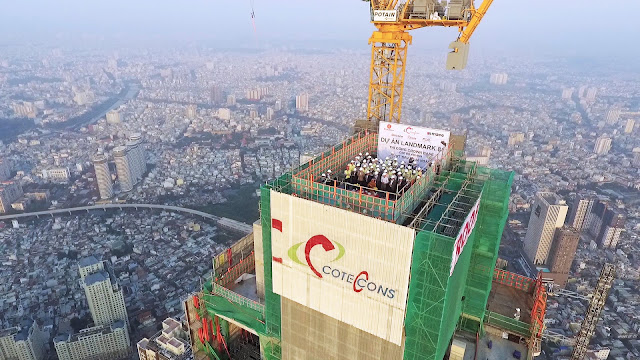Case study: Economic Transformation in Vietnam
Economic Transformation in Vietnam
Vietnam is a country undergoing transformation from a
centrally planned socialist economy to a system that is more market orientated.
The transformation dates back to 1986, a decade after the end of the Vietnam
War that reunited the north and south of the country under Communist rule.
At that time, Vietnam was one of the poorest countries
in the world. Per capita income stood at just $100 per person, poverty was
endemic, price inflation exceeded 700 percent, and the Communist Party
exercised tight control over most forms of economic and political life. To
compound matters, Vietnam struggled under a trade embargo imposed by the United
States after the end of the Vietnam War.
Recognizing that central planning and government
ownership of the means of production were not raising the living standards of
the population, in 1986 the Communist Party embarked upon the first of a series
of reforms that over the next two decades were to transform much of the
economy. Agricultural land was privatized, and state farm collectives were
dismantled. As a result, farm productivity surged. Following this, rules
restricting the establishment of private enterprises were relaxed. Many price
controls were removed.
State-owned enterprises were privatized. Barriers to
foreign direct investment were lowered, and Vietnam entered into trade
agreements with its neighbors and its old enemy the United States, culminating
in the country joining the World Trade Organization in 2007. Today Vietnam is
one of the signatories of the Trans Pacific Partnership, a trade agreement
that, if ratified, could further liberalize its economy.
The impact of these reforms has been dramatic. Vietnam
achieved annual economic growth rates of around 7 percent for the first 20
years of its reform program. Although growth rates fell to 5 percent in the
aftermath of the 2008–09 global financial crisis, by 2015 Vietnam was once
again achieving growth rates of around 7 percent. Living standards have surged,
with GDP per capita on a purchasing parity basis reaching $5,700 in 2014. The
country is now a major exporter of textiles and agricultural products, with an
expanding electronics sector. State-owned enterprises now only account for 40
percent of total output, down from a near monopoly in 1985. Moreover, with a
population approaching a 100 million and an average age of just 30, Vietnam is
emerging as a potentially significant market for consumer goods.
For all of this progress, significant problems still
remain. The country is too dependent upon exports of commodities, the prices of
which can be very volatile. Vietnam's remaining state-owned enterprises are
inefficient and burdened with high levels of debt. Rather than let prices be
set by market forces, the government has recently reintroduced some price
controls. On the political front, the Communist Party has maintained a tight
grip on power, even as the economy has transitioned to a market-based system.
Vietnam bans all independent political parties, labor unions, and human rights
organizations.
Government critics are routinely harassed and can be
arrest and detained for long periods without trial. The courts lack
independence and are used as a political tool by the Communist Party to punish
critics. There is no freedom of assembly or freedom of the press.
To compound matters, corruption is rampant in Vietnam.
Transparency International, a nongovernmental organization that evaluates
countries based on perceptions of how corrupt they are, ranks Vietnam 112 out
of the 167 countries it ranks. Corruption is not a new problem in Vietnam.
There is a well-established tradition of public officials selling their
influence and favoring their families. However, critics say that the problem
was exacerbated by privatization processes that provided opportunities for
government officials to appoint themselves and family members as executives of
formerly state-owned companies. Although the ruling Communist Party has
launched anti-corruption initiatives, these seem to be largely symbolic
efforts.
Many observers believe that widespread corruption has
a negative impact on new business formation and is hamstringing economic growth
Sources: “Crying over
Cheap Milk,” “The Economist, November 21, 2015. “Gold Stars,” The Economist, January
23, 2016; Nick Davis, “Vietnam 40 Years on,” The Guardian, April
22, 2015; Vietnam, CIA
Fact Book, 2016; Human Rights Watch,
“Vietnam,” World Report 2015



Nhận xét
Đăng nhận xét